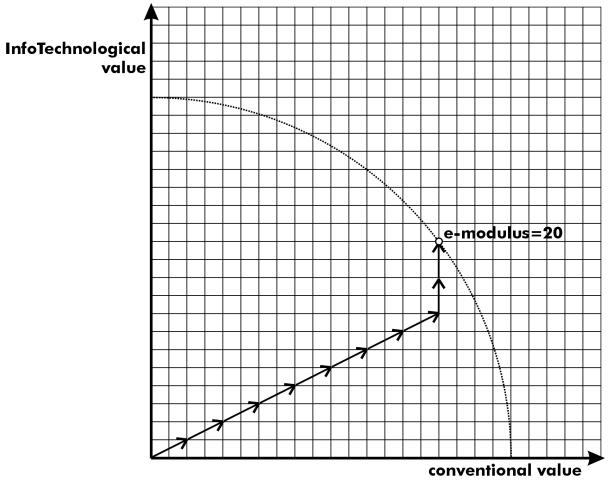 |
| ||||
Home Page
F.A.Qs
Statistical Charts
Past Contests
Scheduled Contests
Award Contest
| ||||||||||
| Online Judge | Problem Set | Authors | Online Contests | User | ||||||
|---|---|---|---|---|---|---|---|---|---|---|
| Web Board Home Page F.A.Qs Statistical Charts | Current Contest Past Contests Scheduled Contests Award Contest | |||||||||
|
Language: e-Coins
Description At the Department for Bills and Coins, an extension of today's monetary system has newly been proposed, in order to make it fit the new economy better. A number of new so called e-coins will be produced, which, in addition to having a value in the normal sense of today, also have an InfoTechnological value. The goal of this reform is, of course, to make justice to the economy of numerous dotcom companies which, despite the fact that they are low on money surely have a lot of IT inside. All money of the old kind will keep its conventional value and get zero InfoTechnological value.
To successfully make value comparisions in the new system, something called the e-modulus is introduced. This is calculated as SQRT(X*X+Y*Y), where X and Y hold the sums of the conventional and InfoTechnological values respectively. For instance, money with a conventional value of $3 altogether and an InfoTechnological value of $4 will get an e-modulus of $5. Bear in mind that you have to calculate the sums of the conventional and InfoTechnological values separately before you calculate the e-modulus of the money. To simplify the move to e-currency, you are assigned to write a program that, given the e-modulus that shall be reached and a list of the different types of e-coins that are available, calculates the smallest amount of e-coins that are needed to exactly match the e-modulus. There is no limit on how many e-coins of each type that may be used to match the given e-modulus. Input A line with the number of problems n (0 < n<=100), followed by n times:
Output The output consists of n lines. Each line contains either a single integer holding the number of coins necessary to reach the specified e-modulus S or, if S cannot be reached, the string "not possible". Sample Input 3 2 5 0 2 2 0 3 20 0 2 2 0 2 1 3 5 3 0 0 4 5 5 Sample Output not possible 10 2 Hint 
The illustration examplifies adding 8 coins of conventional value 2 and InfoTechnological value 1, and 2 coins with pure InfoTechnological value 2. The e-modulus is of course 20 as SQRT((8*2+2*0)^2+(8*1+2*2)^2)=SQRT(16^2+12^2)=20 Source |
[Submit] [Go Back] [Status] [Discuss]
All Rights Reserved 2003-2013 Ying Fuchen,Xu Pengcheng,Xie Di
Any problem, Please Contact Administrator